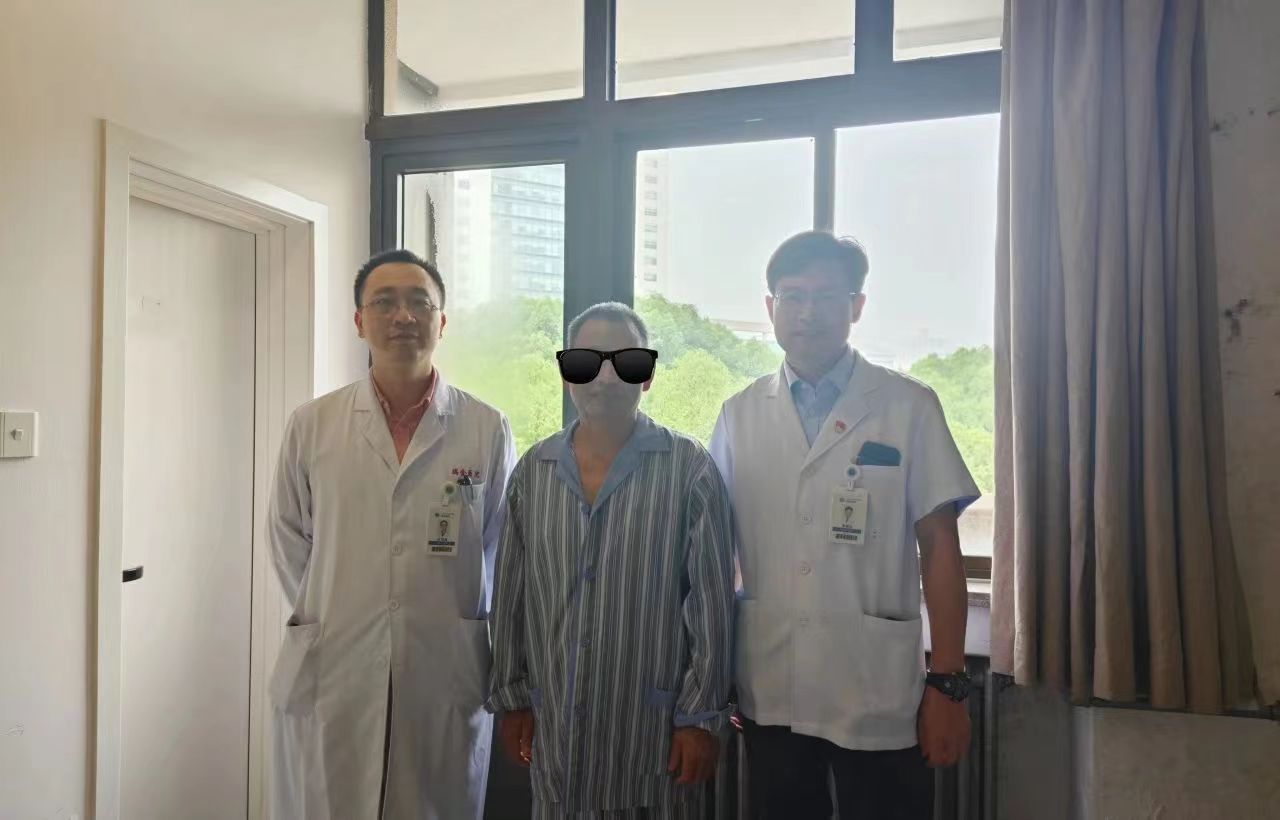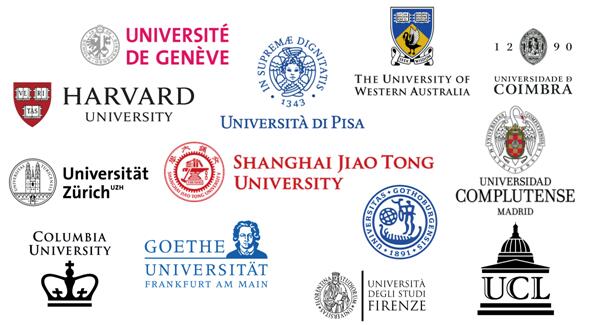A pneumoconiosis patient completed a lung transplant surgery in Ruijin and was reborn, rushing to the outside world for over 2000 kilometers to expel pneumoconiosis
When I saw Mr. Wang, he was standing by the window breathing fresh air. It was the third day after his lung transplant surgery. As a recipient of the "Guangju Shanai" Organ Transplantation Special Charity Fund at Ruijin Hospital affiliated with Shanghai Jiao Tong University School of Medicine, Mr. Wang successfully performed a right lung transplant surgery. "I never expected the recovery to be so fast, so good!" His wife choked up and said, "Thank you to Ruijin Hospital, thank you to Director Li and the doctors and nurses!"
Repeated coughing and wheezing, unable to get up, and terminal stage pneumoconiosis with limited vitality
"When I'm feeling unwell, I keep coughing and panting, and it's difficult and painful to walk and sleep. Many people in our hometown passed away due to this disease at a young age." Looking back on his seriously ill days, Mr. Wang felt like a nightmare.
Mr. Wang, 44 years old, has been engaged in granite related work for more than 20 years. He has been in direct contact with dust all year round and has weak protection awareness. He has not worn a mask. Starting from 2021, he experienced difficulty breathing and gradually worsened. After the Spring Festival this year, he was unable to engage in general physical activities, with severe chest tightness and pain. Despite visiting multiple hospitals, his symptoms continued to recur until he was unable to undergo deoxygenation. Through the introduction of family and friends, Mr. Wang, who was no longer able to get up, drove from Yunnan to Ruijin Hospital for 2 days to seek medical treatment, hoping to find vitality.
Upon admission examination, it was found that Mr. Wang's blood oxygen saturation was below 90% during oxygen inhalation. Chest CT scan shows pneumothorax on the right side, multiple patchy, nodular, and nodular shadows in both lungs, bullous lesions in the left lung, widened pulmonary arteries, enlarged mediastinum and bilateral hilar lymph nodes. The diagnosis is end-stage pneumoconiosis. If not treated immediately, the patient is highly likely to die from respiratory failure. Lung transplantation surgery has become the only and effective treatment option.
"Lung transplantation is a highly challenging surgery in the field of thoracic surgery, and can also be said to be the most challenging among all organ transplants. The lungs are directly connected to the atmosphere, and external microorganisms can increase the risk of infection in the transplanted lungs. The difficulty of the surgery itself and issues such as postoperative infection control and rejection reactions are more risky than other organ transplants," explained Li Hecheng, director of thoracic surgery. Before the surgery, the lung transplantation team actively improved the examination, developed a personalized diagnosis and treatment plan for Mr. Wang, and carried out rescue measures such as respiratory nebulization and pneumothorax treatment to ensure that everything was safe and sound; At the same time, organize multidisciplinary consultations in departments such as Respiratory and Critical Care Medicine, Anesthesiology, Critical Care Medicine, Nutrition, and Rehabilitation, develop detailed surgical plans and postoperative management plans, wait for lung source, and prepare for surgery at any time.

Multidisciplinary support and escort, lung transplantation surgery saves lives
Multidisciplinary support and escort, lung transplantation surgery saves lives
On June 23rd, thanking the donors for their great love, Mr. Wang and others came to donate their lungs with love. The ischemic time requirement for lung transplantation surgery is short, and the optimal "preservation period" is only 6 hours. A longer ischemic time can lead to a decrease in the quality of the donor lung, affecting the transplantation effect. This is a life relay surgery that races against time. Therefore, upon receiving the information, Li Hecheng immediately initiated a contingency plan to arrange patients, obtain donors, and coordinate surgeries; Dr. Du Hailei and Dr. Xing Lei, the hospital's OPO specialist, quickly rushed to Guangxi and tirelessly retrieved this precious right lung.
Open chest, remove diseased lung, implant donor lung, suture pulmonary artery, flush chest cavity Li Hecheng personally operated the surgery and led the lung transplant team to collaborate with the anesthesia, transfusion, and operating room teams. After more than 4 hours, the surgery was successfully completed, accompanied by fresh lungs opening and closing in the chest cavity.
24 hours after surgery, Mr. Wang successfully removed the tracheal intubation and on the third day after surgery, he was transferred back to the general ward from the intensive care unit. Surgical treatment is the first step, and after successful transplantation, patients still need to overcome difficulties such as postoperative infection and rejection. Postoperative sputum aspiration under bronchoscopy, infection control, nutritional support, blood sugar control Combining multiple disciplines, Mr. Wang's every treatment is well-organized, and postoperative infections and rejection are well controlled. "In addition to interdisciplinary cooperation, considering the patient's financial difficulties, we have specifically contacted the Guangju Shan'ai Charity Fund for assistance, and also contacted doctors from Yunnan who came to Ruijin for further education. We will continue to guide and monitor the patient's treatment after discharge and return home, and do our best to ensure the patient's speedy recovery." Li Hecheng introduced.
"Thank you, it feels like a dream." Mr. Wang kept saying "thank you" to the medical staff with gratitude. From terminal stage pneumoconiosis to successful transplantation, Mr. Wang has now been discharged smoothly.




